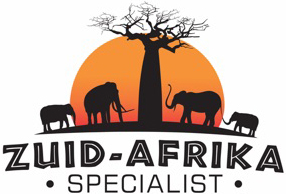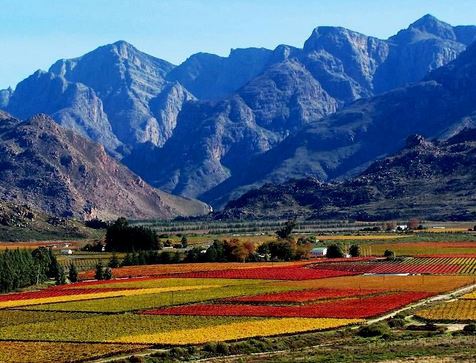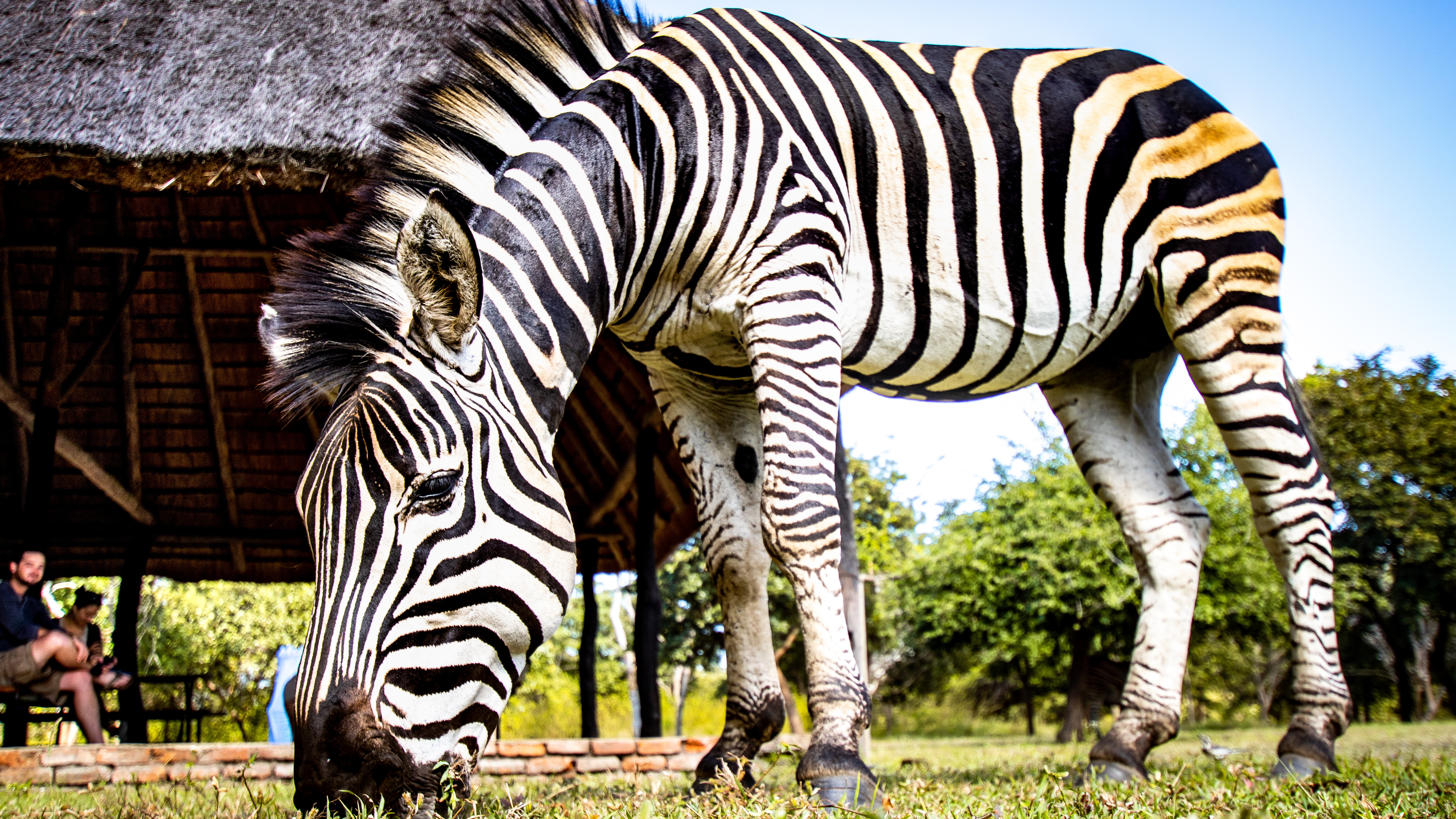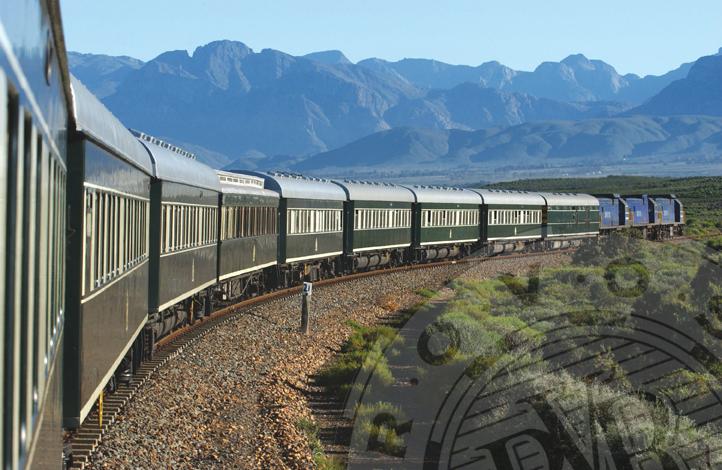Hwange National Park
Hwange National Park is the largest wildlife park in Zimbabwe and lies in the west of the country on the road between the famous Victoria Falls and Bulawayo, near the town of Dete. The park has an area of 14,600 square kilometers and there is a network of 480 kilometers of paths that can be walked almost all year round (some parts except for heavy rainfall). It is an excellent place for safaris and bush walks and horseback safaris are also possible. The most wildlife and also the overnight places and picnic areas can be found in the northern part of the park as the most water can be found here.
Hwange is known for the large groups of elephants, buffalo, zebras and giraffes that live there. All endangered species from Zimbabwe are found in the park; gemsbucks and brown hyenas in reasonable numbers and the number of wild dogs in the park is one of the largest in Africa. The landscape varies from desert sand on the western edge that borders the Kalahari to forest field and grassland and in a number of places granite rocks and boulders.
Nyamandhlovu Pan is one of the most popular places around the Main Camp to see wildlife just like Ngweshla Pan and at Dom Pan lions are regularly seen. Sinamatella is another somewhat larger camp with the same accommodation options as the Main Camp and there is a kiosk. This camp has a beautiful view and the nearby Shuma Pans are frequently visited by wildlife and there is a ‘hiding spot’ from where you can view the wildlife unnoticed. At the Shuma Pans, Madavu Dam and Masuma Dam there are places where you can have a picnic. Roberts’s Camp is the last of the larger camps in the park. There are still a number of private camps, some with luxury tents where you spend the night. A few of these camps have a small part of the park and you can also make evening game drives there, this is not permitted in the rest of the park. At a number of the picnic areas in the park you can also spend the night (basic camping), if you book this in advance.
As mentioned, it is a Big Five reserve where elephants and buffalo are easy to spot and lions are also seen very regularly, but you must be lucky to see rhinos and leopards. Fortunately there is also a large amount of other game such as many different types of antelopes and goats. Safaris in Hwange are therefore absolutely worth while traveling to or from the Victoria Falls.
Add to my travel plans


